
Johann David Heinichen (1683 - 1729)
 Allemagne
Allemagne
 Allemagne
AllemagneJohann David Heinichen (17 April 1683 – 16 July 1729) was a German Baroque composer and music theorist who brought the musical genius of Venice to the court of Augustus the Strong in Dresden. Although Heinichen's music is original, rhythmically exuberant and imaginative, it was inexplicably little known for a long time.
Johann David Heinichen was born in the small village of Crössuln, near Weissenfels. His father, Michael Heinichen, had studied music at the celebrated Thomasschule Leipzig ... (Read all)
Source : Wikipedia
Johann David Heinichen was born in the small village of Crössuln, near Weissenfels. His father, Michael Heinichen, had studied music at the celebrated Thomasschule Leipzig ... (Read all)
Source : Wikipedia
FREE SHEET MUSIC BAROQUE
Active criterias:
Search #Baroque
| ||||||||||||||||||||||||||||||||||||||||





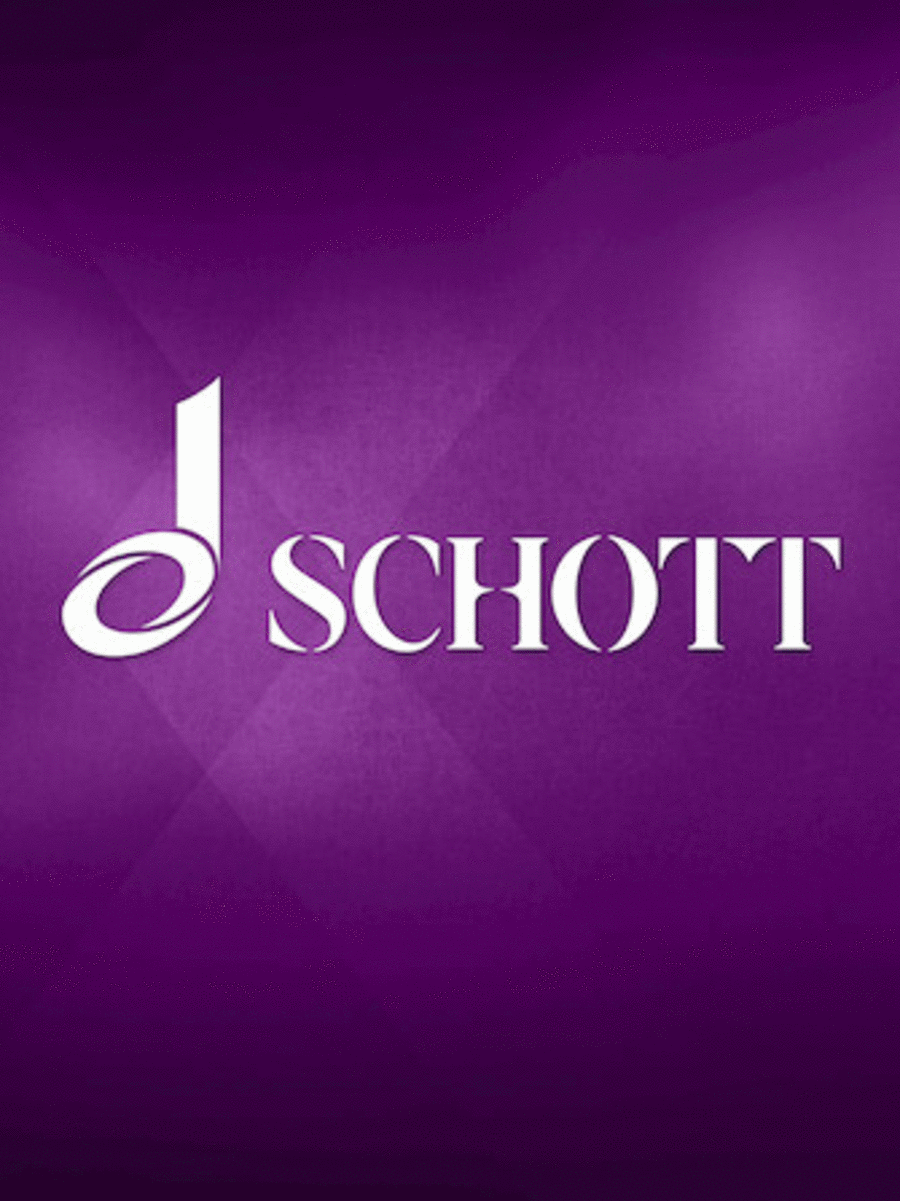
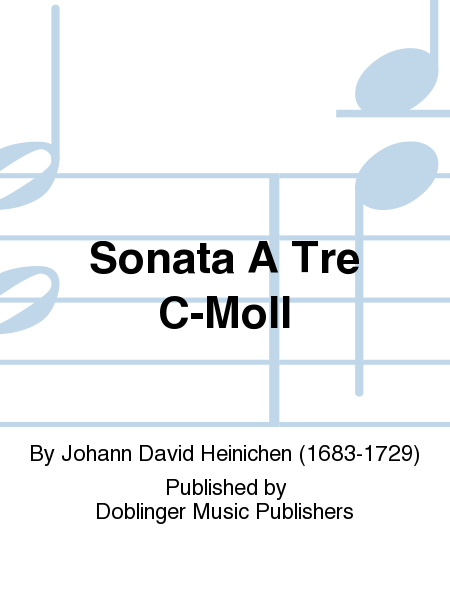
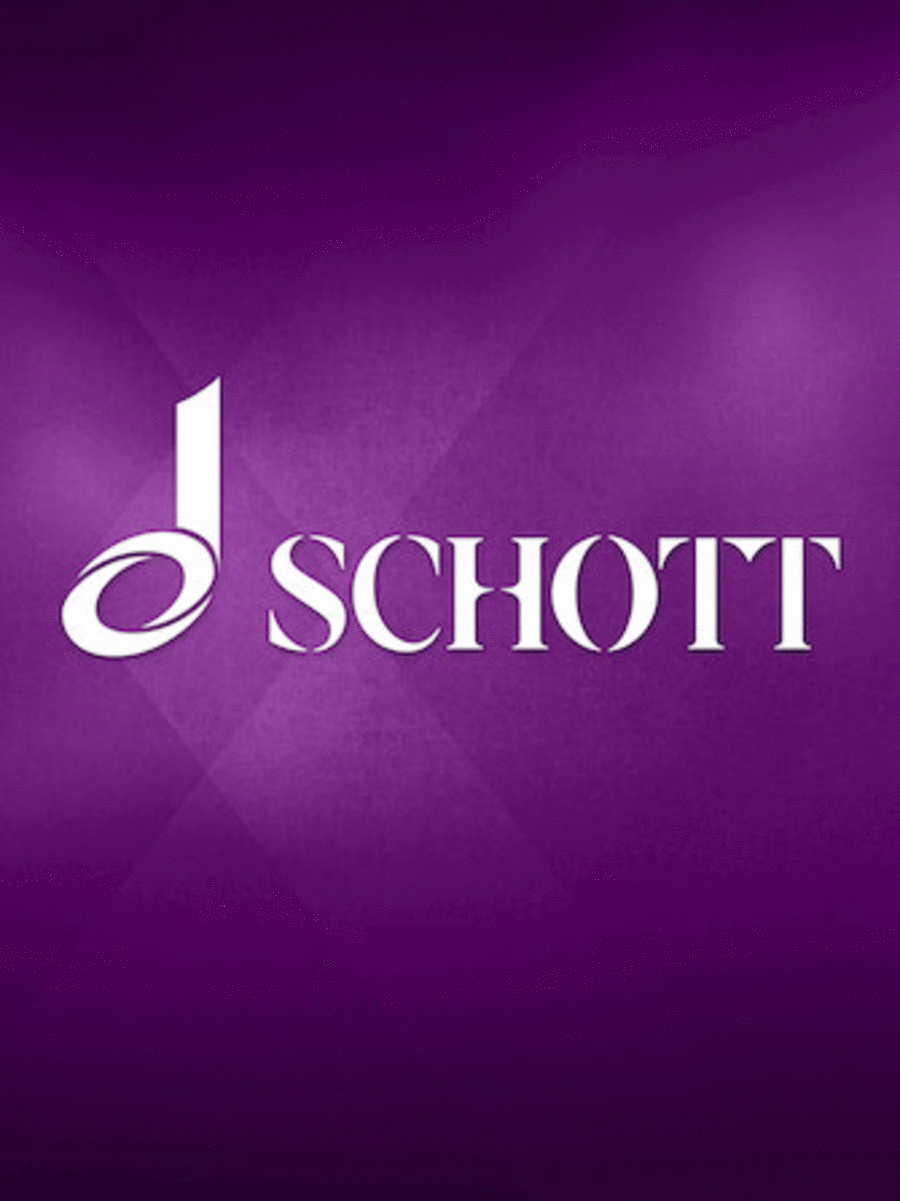

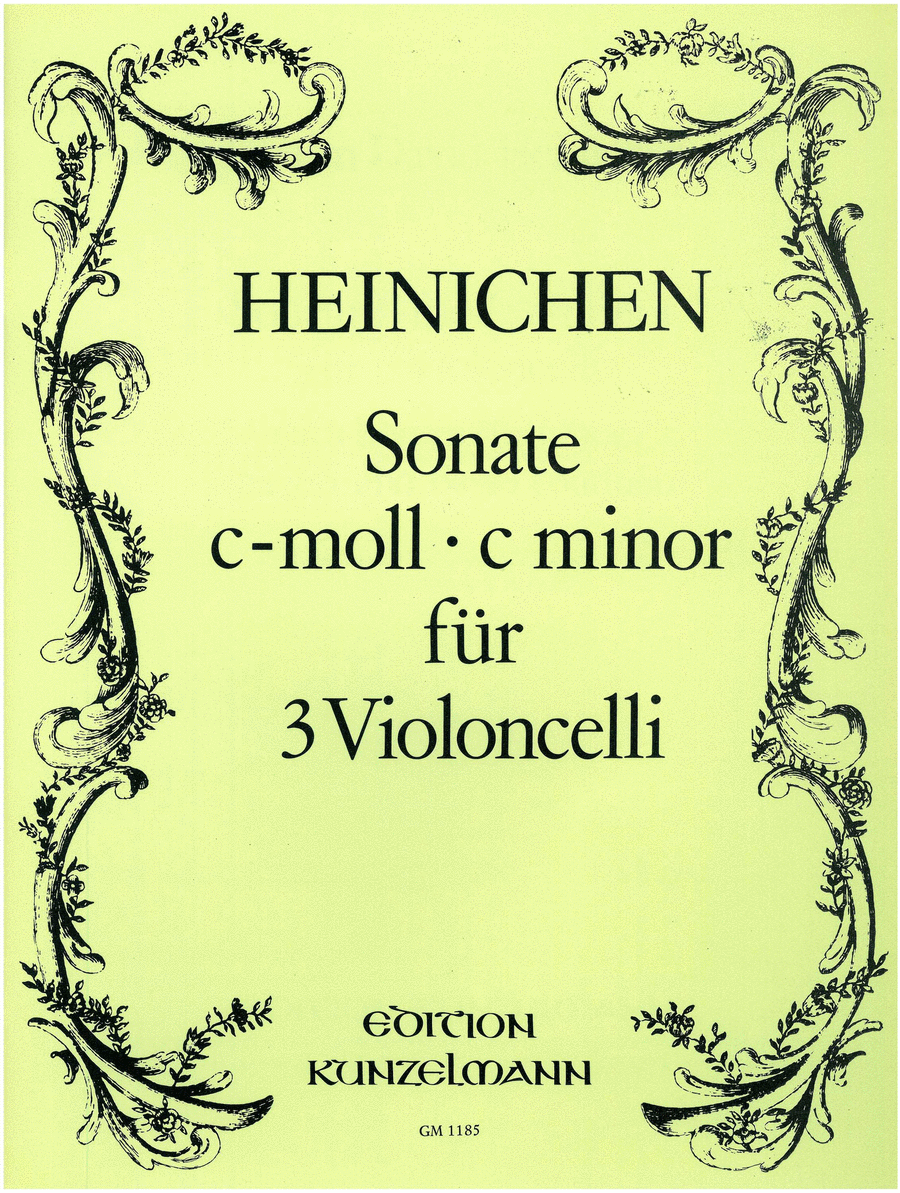


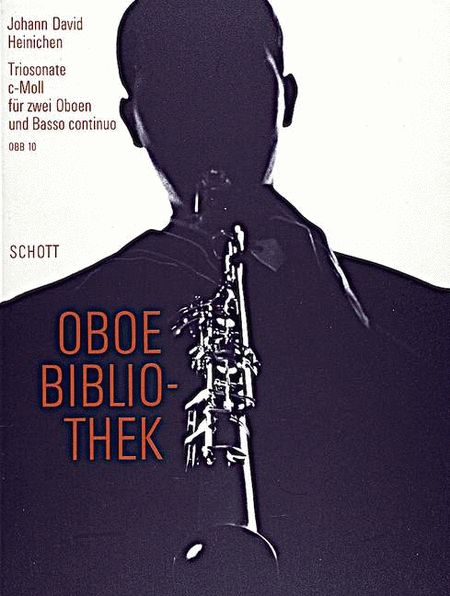






 SHEET MUSIC
SHEET MUSIC